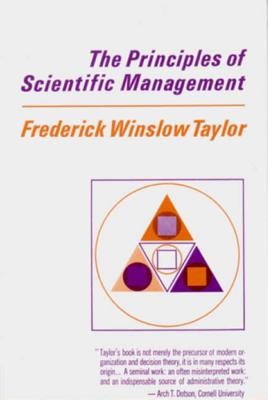
- We will send in 10–14 business days.
- Author: Frederick Winslow Taylor
- Publisher: W. W. Norton & Company
- ISBN-10: 0393003981
- ISBN-13: 9780393003987
- Format: 13 x 19.7 x 1.1 cm, minkšti viršeliai
- Language: English
- SAVE -10% with code: EXTRA
Reviews
Description
Born in 1856, Taylor began work at age eighteen as an apprentice to a pattern-maker and as a machinist. A few years later he joined the Midvale Steel Company as a laborer, and in eight years rose to chief engineer. During this time he developed and tested what he called the "task system," which became known as the Taylor System and eventually as scientific management. He made careful experiments to determine the best way of performing each operation and the amount of time it required, analyzing the materials, tools, and work sequence, and establishing a clear division of labor between management and workers. His experiments laid the groundwork for the principles that are expounded in this essay, which was first published in 1911.
- Author: Frederick Winslow Taylor
- Publisher: W. W. Norton & Company
- ISBN-10: 0393003981
- ISBN-13: 9780393003987
- Format: 13 x 19.7 x 1.1 cm, minkšti viršeliai
- Language: English English
Born in 1856, Taylor began work at age eighteen as an apprentice to a pattern-maker and as a machinist. A few years later he joined the Midvale Steel Company as a laborer, and in eight years rose to chief engineer. During this time he developed and tested what he called the "task system," which became known as the Taylor System and eventually as scientific management. He made careful experiments to determine the best way of performing each operation and the amount of time it required, analyzing the materials, tools, and work sequence, and establishing a clear division of labor between management and workers. His experiments laid the groundwork for the principles that are expounded in this essay, which was first published in 1911.


Reviews